Major Ron Millar was at a loss.
As the director of archives at The Salvation Army’s Archives and Heritage Centre in Toronto, he had discovered some material that had been in storage in the back room of the building, tucked away and undisturbed for years.
“We wanted to reclaim some space, and we saw these items piled in a corner, securely wrapped. We had no idea what was inside them, so we undid the wrapping paper.” What he and his staff found surprised them.
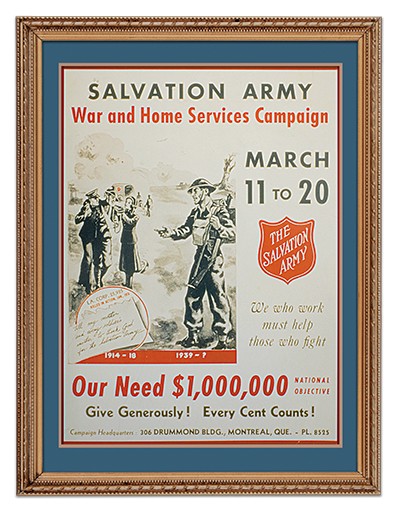
“We stumbled upon a historical treasure trove,” says Major Ron.
Mystery Exhibit
What Major Ron uncovered were more than 25 magnificently prepared displays of military boards and posters. Professionally made and backed on wood mounts, these large displays are attractive and durable.
Major Ron does not know when they came to the Heritage Centre, nor did his predecessor, Colonel John Carew.
On one of the plaques was a dedication:
The Canadian War Museum acknowledges with appreciation the loan of photographs and artifacts for this exhibit from The Salvation Army’s George Scott Railton Centre. The museum would also like to thank Randy O’Malley of The Salvation Army for his valuable assistance.
“We’ve searched through our database and it seems these items were never accessioned or entered into our records,” says Major Ron. “At some point, we can only surmise that at one time, they were prepared as part of a Canadian War Museum exhibit in Ottawa and were given to us when the exhibit closed, but that’s all the information we have. They’re just here.”
Major Ron contacted the museum, but there were no files that indicated when the exhibit had been displayed. There are no records of a Randy O’Malley at The Salvation Army’s territorial headquarters, and the name of Commissioner George Scott Railton has not been part of the centre’s name for some time.

“It seems that they have been here for a while. It’s a mystery,” declares Major Ron.
“A Great Story”
What isn’t a mystery are the rare photos and the information in the accompanying captions.
Together, the exhibit chronicles the vitally important role that Salvation Army members played during the two world wars of the last century. In an official letter of thanks following the end of the war in Europe in 1945, General Harry Crerar, former commander of the First Canadian Army, wrote: “It would be easier to forget one’s name than fail to remember the times without number when The Salvation Army was, in truth, our comforter and friend.”
For more than a century, The Salvation Army has provided a “home away from home” for the men and women of the Canadian Armed Forces.
“It’s a proud part of our history and the display boards tell a great story,” says Major Ron. “It would be wonderful if we could find a way to make them much more publicly seen.”
Here's just a glimpse of all the exhibit has to offer:
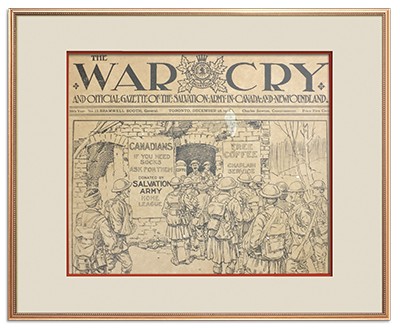

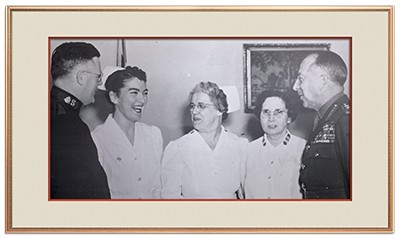
Photos: The Archives of The Salvation Army Canada and Bermuda Territory
This story is from:




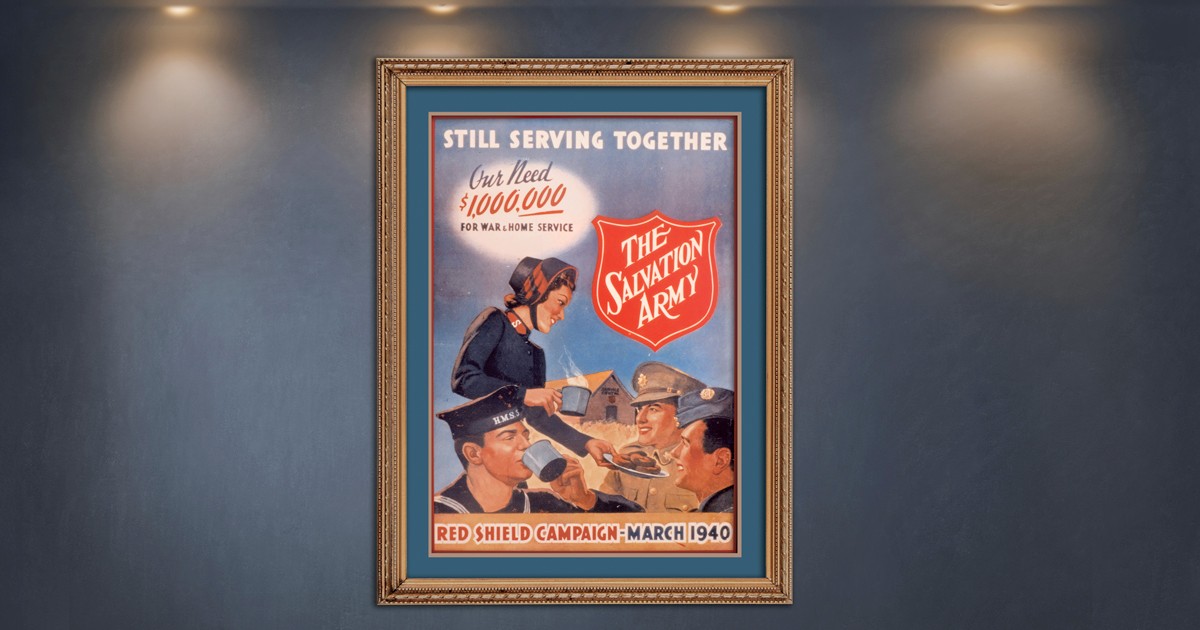


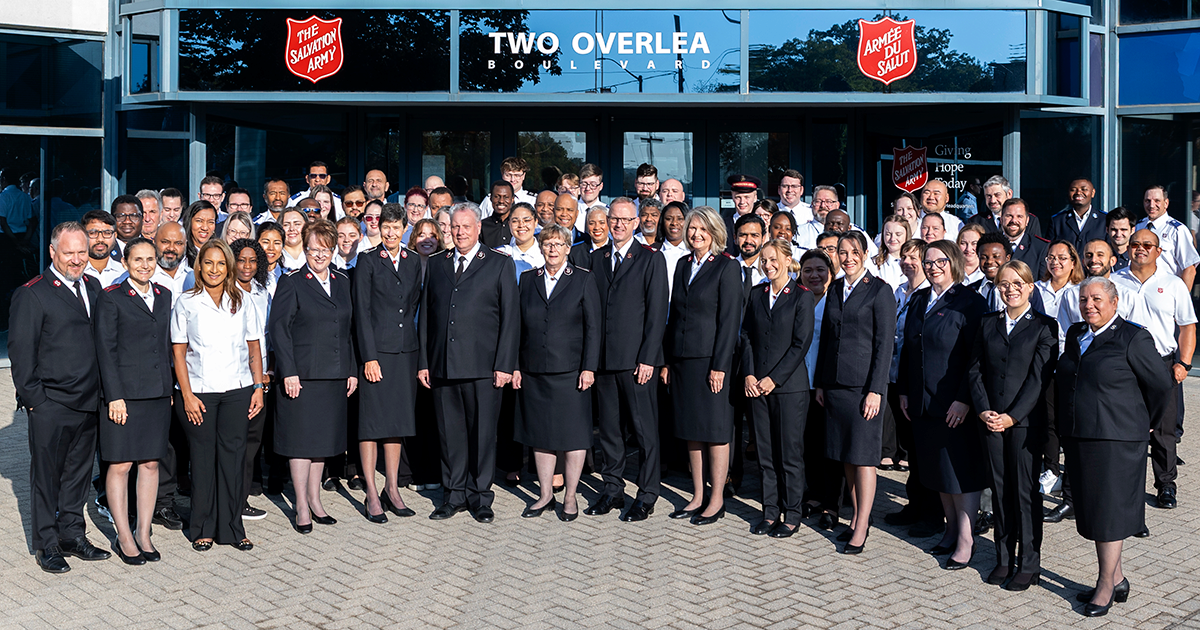


The 1940’s Red Shield rendering caught my eye! I have the same picture dry mounted in my kitchen, with a copy of TSA donut recipe taped to the back. I believe mine came from the cover of a War Cry? Could be wrong. My grandparents, Brigs Will & Ivy Bexton (who were with the China overseas group of officers 1920’s) were stationed in Halifax during the early 1940’s, and my Mom, Barbara (Foreman) Heasman worked in the Red Shield, serving coffee, tea, and probably donuts, to Sailors who came into port during the war. I have several wonderful photos and autograph books from that time in SA history. Thank you for sharing this article!